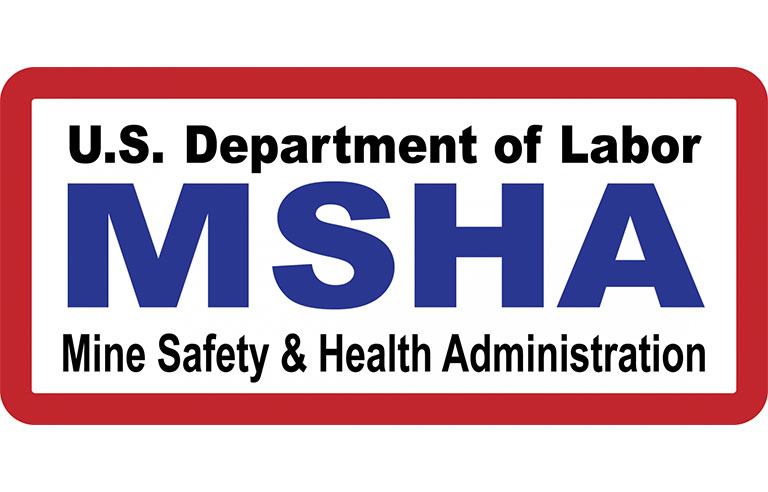
Washington — In response to several fatalities resulting from damaged or defective welds on aerial lifts, the Mine Safety and Health Administration has issued a safety alert.
Published March 23, the alert details an incident in which a weld splice on the repaired arm of a lift fractured because of poor weld quality, killing a mechanic on board. In another incident, a welder died when a lift arm “catastrophically fractured at a critical weld connecting the arm support to its lift cylinder.” In this case, cracks in the weld and the surrounding metal went undetected.
MSHA provides several best practices to help avoid similar tragedies:
- Use only qualified welders to perform all welding.
- Inspect all welds after installation and repairs, and perform periodic inspections on welds during an aerial lift’s service life.
- Consult with manufacturers to determine service/fatigue life of mechanical systems or parts.
- Educate users on proper lift operations, including how to avoid exceeding “design capacity.”
- Perform routine examinations of metal components for signs of weakness, corrosion, fatigue cracks, bends, buckling or missing connectors, etc.
- Use nondestructive test methods to detect cracks that might be indistinguishable to the human eye.
- Remove cracked mechanical components from service immediately.
“Small cracks can quickly grow and lead to catastrophic fracture,” the alert warns.